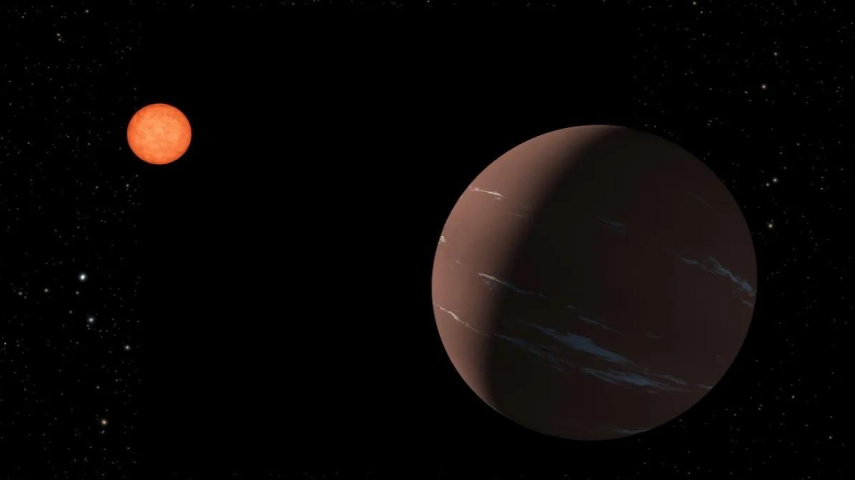What is 'super-Earth'? NASA discovers potentially habitable planet 137 light-years away
In a significant breakthrough, NASA has unveiled the discovery of a potentially habitable planet named TOI-715 b, situated approximately 137 light-years away from Earth.

-
NASA has uncovered existence of 'super-Earth' known as TOI-715 b situated 137 light-years away
-
TOI-715 b orbits within what scientists term the conservative habitable zone of its parent star
NASA has made a remarkable discovery: TOI-715 b, a potentially habitable planet located around 137 light-years away from Earth. This newly discovered exoplanet orbits within the parent star's conservative habitable zone, indicating a good prospect for life beyond our solar system.
What is a 'Super-Earth'?
TOI-715 b is classified as a "super-Earth," which refers to exoplanets larger than Earth but smaller than gas giants such as Neptune. NASA reported, “The smaller planet could be only slightly larger than Earth, and also might dwell just inside the conservative habitable zone." It has a diameter roughly one and a half times that of Earth, making it an appealing target to further study in the quest for habitable planets.
The planet orbits a red dwarf star, which is smaller and cooler than the Sun. This star's small size allows planets to orbit closer while remaining in the habitable zone, where conditions may be favorable that it could "give the planet the right temperature for liquid water to form on its surface," according to reports by NASA.
Key findings and implications
According to reports by NASA, "The tighter orbits also mean those that cross the faces of their stars – that is, when viewed by our space telescopes – cross far more often. In the case of planet b, that’s once every 19 days, a 'year' on this strange world." This proximity not only allows for more frequent observations but also increases the likelihood of finding potential signs of life.
The James Webb Space Telescope, along with other advanced instruments, holds the potential for further scrutinizing exoplanets such as TOI-715 b as well as "exploring the composition of their atmospheres, which could offer clues to the possible presence of life," as per reports by NASA. Scientists want to learn more about the conditions required for life to survive outside of Earth by analyzing their atmospheres.
Scientific endeavors and future prospects
Studies on super-Earths, led by experts such as Georgina Dransfield of the University of Birmingham, help humanity better grasp the diversity of planetary systems and the circumstances required to sustain life. The findings, published in the Monthly Notices of the Royal Astronomical Society, highlight ongoing attempts to improve understanding of exoplanets and their potential habitability.
NASA's discovery of TOI-715 b is another step toward uncovering the mysteries of faraway worlds. As astronomers probe further into the atmospheric composition and properties of exoplanets, they get closer to determining the conditions for life outside of our cosmic neighborhood.





 JOIN OUR WHATSAPP CHANNEL
JOIN OUR WHATSAPP CHANNEL



































































































